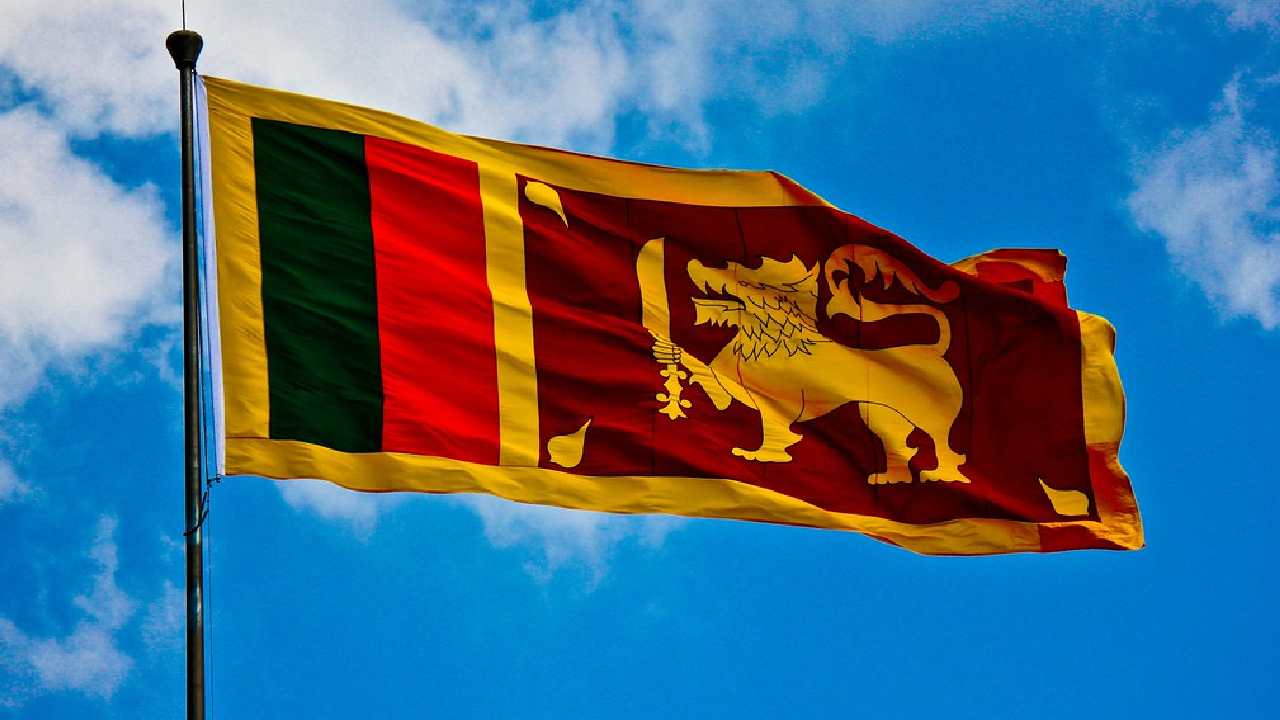Sri Lanka faces its worst economic crisis in decades. The Mahinda Rajapaksa government is struggling to pay for essential imports after a 70 per cent drop in foreign exchange reserves over two years triggered a currency devaluation. Fuel is in short supply, prices of food and essential goods have increased and protests have broken out as the government preps for talks with the International Monetary Fund amid concerns over its ability to pay $4 billion in foreign debts this year, including a $1 billion international sovereign bond that matures in July.
Police in Sri Lanka has arrested 45 people after overnight violence, as hundreds tried to storm president Gotabaya Rajapaksa’s house in Colombo to protest the economic crisis. Security forces fired tear gas and water cannons – AFP said police fired into the crowd (it is unclear if live ammunition was used) – and troops with assault rifles were seen.
At least 10 people have been injured. Police said five of their personnel were also injured in clashes that resulted in vehicles being set on fire and overturned. A curfew was imposed late Thursday night covering large parts of the capital district but was lifted early this morning.
The country has $51 billion in foreign debts, of which $4 billion is due this year; this includes a $1 billion international sovereign bond due in July. Sri Lanka has only $2.31 billion in reserves and its current debt is 119 per cent of GDP.
The economic emergency poses a significant challenge for President Gotabaya Rajapaksa, who came to power in 2019 promising rapid economic growth.
During his presidential campaign, Rajapaksa promised to cut the 15 percent value-added tax by nearly half and abolish some other taxes as a way to boost consumption and growth.
The tax cuts led to a loss of billions of rupees in tax revenues, putting further pressure on the public finances of the already heavily indebted economy.
Then came COVID-19, which dealt a huge blow to the tourism sector, which accounts for over 12 percent of the nation’s total economic output.
Sri Lanka’s public debt, which was already on an unsustainable path before the pandemic, is estimated to have risen from 94 percent in 2019 to 119 percent of GDP in 2021.
“The reduction of taxes and subsequent adding of more money through central bank financing made the inevitable crisis significantly worse,” said Chayu Damsinghe, an economist with Frontier Research Group.
Impact of Sri Lanka’s Economic Crisis on India
India has extended financial assistance to the tune of $2.4 billion in the last three months to Sri Lanka, which includes a $400 billion RBI currency swap, deferral of a $500 million loan and a $1.5-billion credit line for importing fuel, food and medicines.
However, relations between the two neighbours seem to have plummeted since the beginning of this year. In February, Sri Lanka backed out from a tripartite partnership with India and Japan for its East Container Terminal Project at the Colombo Port, citing domestic issues. Later, the West Coast Terminal was offered under a public-private partnership arrangement to Adani Ports and Special Economic Zones Ltd.
India has traditionally been among Sri Lanka’s largest trade partners. Prior to the pandemic, India was the top tourism source for Sri Lanka. More than one-fifth of Sri Lanka’s total imports come from India.
China’s Ambassador to Sri Lanka, Qi Zhenhong, announced on March 21 that his country was considering a billion-dollar loan and a credit line worth $1.5 billion for Colombo to purchase goods from China. There is, however, growing resistance in Sri Lanka against borrowing more from China after the island nation had to cede control of the Hambantota Port in 2017, as it fell short of its repayment commitments.


























